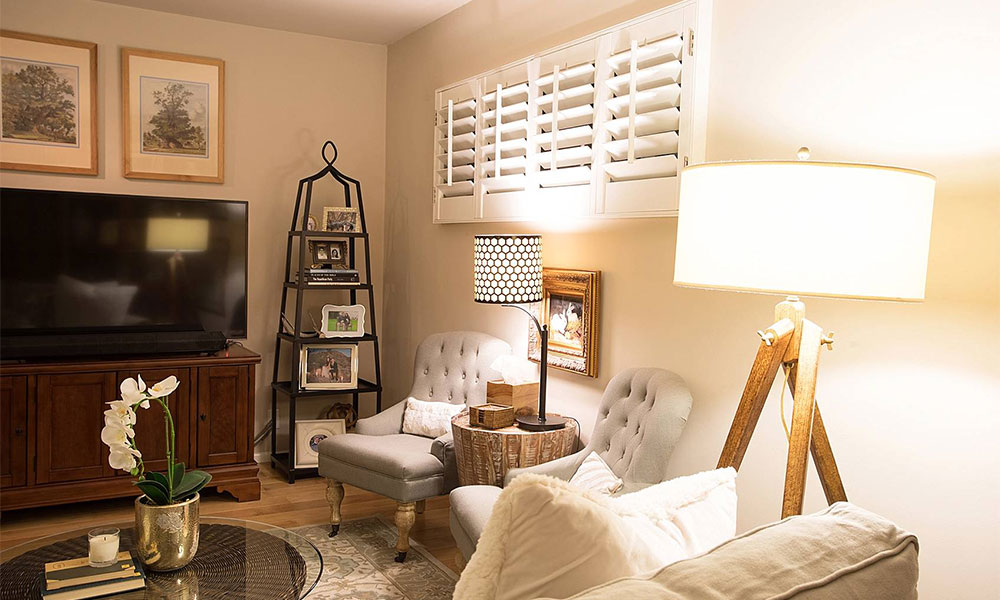Is 3000K right for your home or commercial lighting application? Or is 4000K? 3000K and 4000K are both specific Kelvin color temperature values used to describe different white light colors. There is only a 1000K difference between them.
The subtle difference between 3000K vs 4000K light will have what impact on your application? Knowing the difference between 3000K and 4000K is always helpful when you buy white light bulbs or white light strips.
*What are Kelvin color temperature values?
Kelvin color temperature is a unit used to describe the color of a white light source, usually expressed as K (abbreviation for Kelvin.) It helps to accurately express the color of a particular white light you need.
The values from 1000K to 10,000K are the overall Kelvin scale. A 7000K light source on the higher side of the Kelvin scale emits more blue light, which can make white light appear cooler or bluer. Conversely, the lower color temperature 2000K light source emits more red and yellow light, making white light look warmer.
The presence of Kelvin color temperature allows us to associate specific Kelvin values with tones such as warm white, natural white, daylight, and cool white. For example, 7000K is a cool white and 2000K is a very warm white.

What Is A 3000K Light? Is It Warm or Cool?
3000K color temperature is warm and soft. Any color below 3200K we can call warm white. There is no doubt that 3000K lighting is a warm white color, or just say a soft white color – because 3000K light color is not as yellow as 2700K.
2700K to 3000K Kelvin light is commonly used in LED bulbs or LED strip lights. This light temperature color similar to the sunset gives us a more intimate and comfortable emotional experience in our daily lives.
What Is A 4000K Light? Is It Too Bright?
4000K and 5000K can be considered transitional color temperatures. At this point, 2800K-3200K warm white gradually becomes 6000K-6500K daylight. By the time the light color temperature to 6500K, you can see the brightest white light.
4000K lighting is neither too dark nor too bright, it has a certain balance between warm and cool colors. We call 4000K Kelvin light natural white or neutral white, which can meet the needs of both comfort and practicality of residential or commercial spaces.
3000K VS 4000K
3000K vs 4000K is similar to soft white vs daylight. Since the 4000K color temperature is higher than the color temperature 3000K, its color is not as warm, but it is still a soft color.
Putting 3000K and 4000K LED lights side by side, we can see that the light 3000K is white with a yellow tint, while the 4000K light is close to a light white.
Between 3000K and 4000K is 3500K light. 3500K color temperature has both the yellow tint of 3000K and the light white tint of 4000K, a perfect blend of warmth and brightness.

When and Where to Use 3000K?
All 3000K lights are on the warm side of the Kelvin color temperature scale. 3000K lighting is considered an alternative to incandescent lighting, and many people who prefer warm incandescent lights will love 3000K, using 3000K bulbs to illuminate their rooms or using 3000K light strips for ambient lighting.
- A little whiter than incandescent
- Create a warm and cozy atmosphere in your living room
- Ideal for lighting wooden furniture
- Good for reading
When and Where to Use 4000K?
4000K lighting is often used in office environments. Its bright, slightly yellowish-tinted light can increase productivity and focus. At the same time, it emits very little blue light, which can help reduce eye strain and fatigue.
You can also apply 4000K lighting to residential spaces such as kitchens and bathrooms. This more natural daylight-like light can create a more inviting and comfortable atmosphere.
- A more natural light similar to daylight
- Suitable for white kitchens
- Offices, retail, residential spaces

In Conclusion
Both 3000K and 4000K are popular color temperatures for LED luminaires. The choice between 3000K for white with a yellow tint and 4000K for a light white tint depends on the specific needs and goals of the lighting application. Get effective and enjoyable lighting by understanding the characteristics of each color temperature.